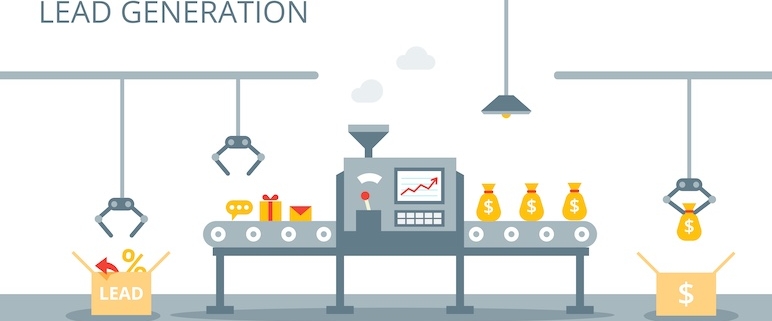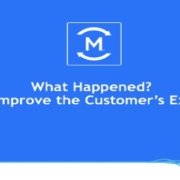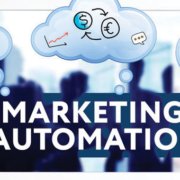Not All Senior Living Leads Are Created Equal (the Pizza Shop Analogy)
Read that headline again: Not all senior living leads are created equal. Too often, however, marketing and sales teams treat every lead the same way. We’ve discussed this point ad nauseam on our blog. So maybe it’s time to mix it up. Let’s use an analogy that demonstrates the problem with this approach.
Pretend you own a pizza shop. Would you serve every person who walked through the doors a small pepperoni pizza?
Of course not.
Some folks might prefer sausage to pepperoni. Others might be vegetarians craving peppers and onions. Some might be perfectly fine with pepperoni, but they need to feed a family of four, so a small pizza won’t work. Others might be in the mood for a calzone, sub, or salad. And, of course, some people might simply be looking for directions—or a job.
This is why when someone calls or enters a pizza shop, the pizza shop employee says, “How can I help you?” rather than “We’re giving you a pepperoni pizza whether you want one or not.”
You need to start thinking of your senior living website as if it’s a pizza shop.
Don’t serve everyone the same small pepperoni pizza. Instead, find out what they need and help them accordingly.
People typically go to a senior living website because they are…
- Researching options for themselves or someone else, but the need isn’t urgent—yet
- Comparing different communities and scheduling tours because they need to make a decision sooner rather than later for themselves or someone else
- Looking for a job in your community
- Doing broader research on senior living in general (for example, trying to understand costs)
- Going to your site directly because they heard about your community from a friend, family member, or advertising
How you approach the senior living leads in one group will be different from the way you approach the leads in another group.
For example, let’s compare the leads in the first group (interested, but not urgent) to the leads in the second group (interested and urgent). To extend the pizza shop analogy, the first group is akin to someone browsing the pizza shop’s online menu because they might go there at some point in the future. On the other hand, the second group reflects someone who needs to order food in an hour for a hungry group of teenage boys returning from soccer practice.
With the first group, you might invite the leads to download the menu and receive a discount on their next order if they sign up for your newsletter. For the second group, you’d direct them to where they can order online RIGHT NOW or a number they can call to talk to a human.
The first group is being “nurtured” by marketing. But the second group goes directly to sales.
The same is true for senior living leads. The leads who are “ready to order” should go directly to sales for immediate follow up. But the ones who aren’t ready to order should be nurtured over time with content and resources based on their needs and interests.
Let’s talk about “needs and interests” and use the pizza shop analogy yet again.
Let’s say someone follows a gluten-free diet. It would be great if the person could download the gluten-free menu from the pizza shop website. This way, the person can see at a glance what items can be made gluten-free.
Going back to your senior living website . . . when you engage with a lead (via a website form or Live Chat), you should ask pointed questions that will help you provide the best content for their needs.
For example, maybe someone indicates they’re interested in information relating to financing. You could enter them into an automated content “stream” that sends them targeted information about financial topics.
Again, think of the question the pizza shop employee asks on the phone or in person: “How can I help you?” You need to do the same thing with your senior living leads!
Managing senior living leads is easier when you use marketing automation.
Now, here’s the good news. You don’t need to do everything by hand. Marketing automation can triage leads based on the actions people take on your website. The sales-qualified leads (SQLs) will automatically get served to the sales team. The marketing-qualified leads (MQLS) will automatically go into lead nurturing workflows based on their needs/interests and timelines.
In other words, no more pepperoni pizza for everyone. Instead, you’re serving up a customized experience, one that will enable your sales and marketing teams to work more efficiently and effectively.












